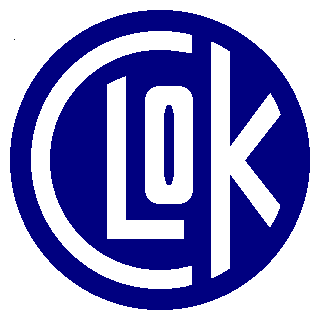|
For more information, click on one of the following
links.
What is orienteering?
Punching systems
Map and compass
Types of event
Return to the main About Orienteering page
Return to the CLOK Home Page
|
Map and compass
You have to navigate your way round an orienteering course using a
specially-produced map and a compass. You're not allowed any other
navigation aids such as global positioning systems (GPS).
Orienteering maps are very special. They're produced at a larger scale
than most Ordnance Survey maps, and include very detailed information
about the terrain. For example, boulders more than about half a metre
high are usually mapped individually. The cost of the map is included
in your entry fee.
Orienteering maps are produced at scales of 1:10,000 and 1:15,000. If
you're used to Ordnance Survey maps -- which are generally at scales of
1:25,000 or 1:50,000 -- it will take you a little while to get used to
the larger-scale orienteering maps. At first you'll find that you arrive
at path junctions, etc. sooner than you were expecting to.
At some events you'll be given a map when you register, and you'll need
to copy down your course from master maps positioned just after the
start. In this case you'll need a map case or clear plastic bag to put
the map in to protect it from rain, mud, and general wear and tear while
you're going round your course.
At most events it's now the normal practice to provide maps with courses
pre-printed on to them. In this case you'll pick up your map -- generally
already sealed into a clear plastic bag -- immediately after you start.
In either case, you don't see your course until you start your run and
the clock is already running.
Go back to the main About
Orienteering page.
|



